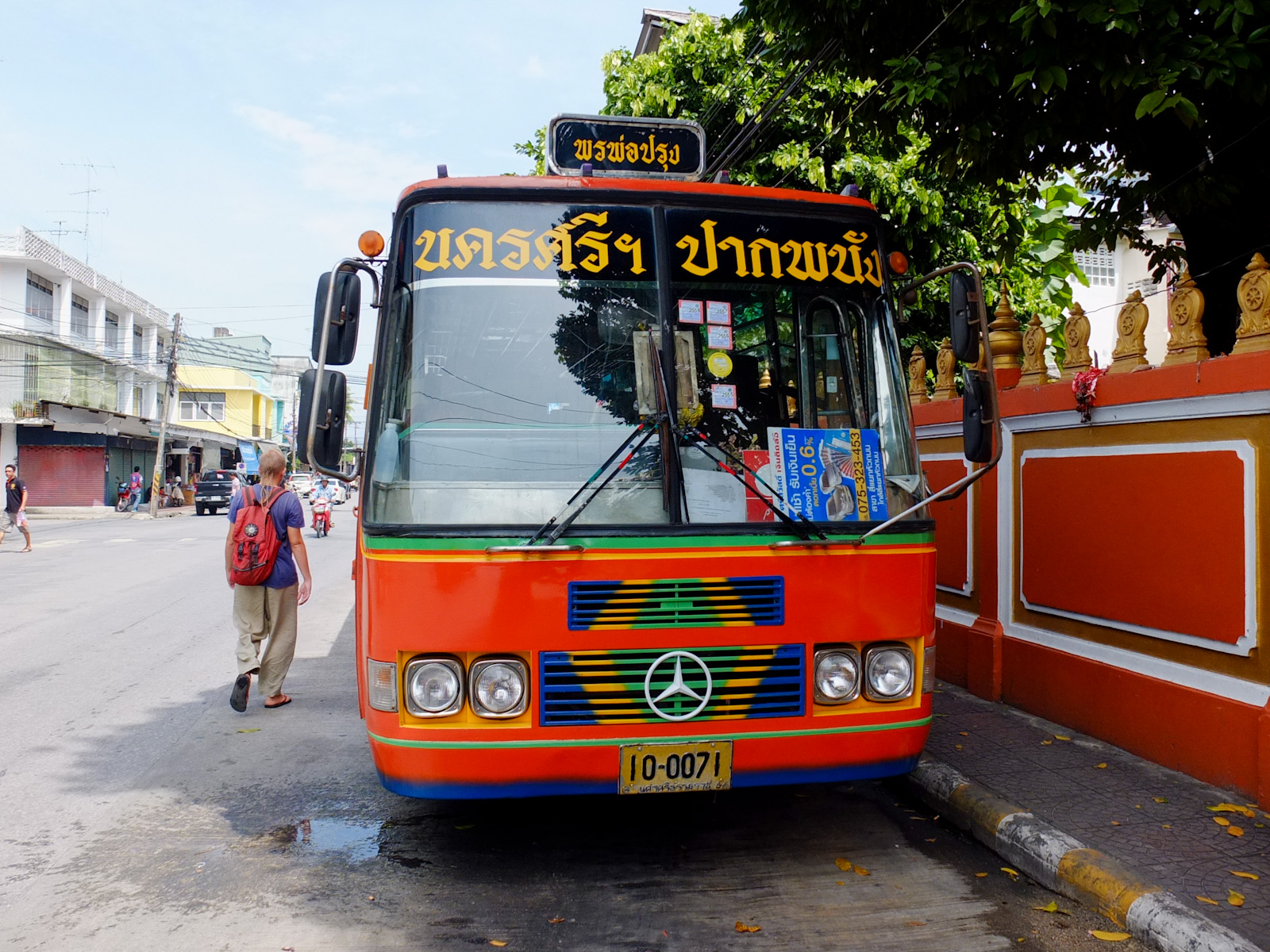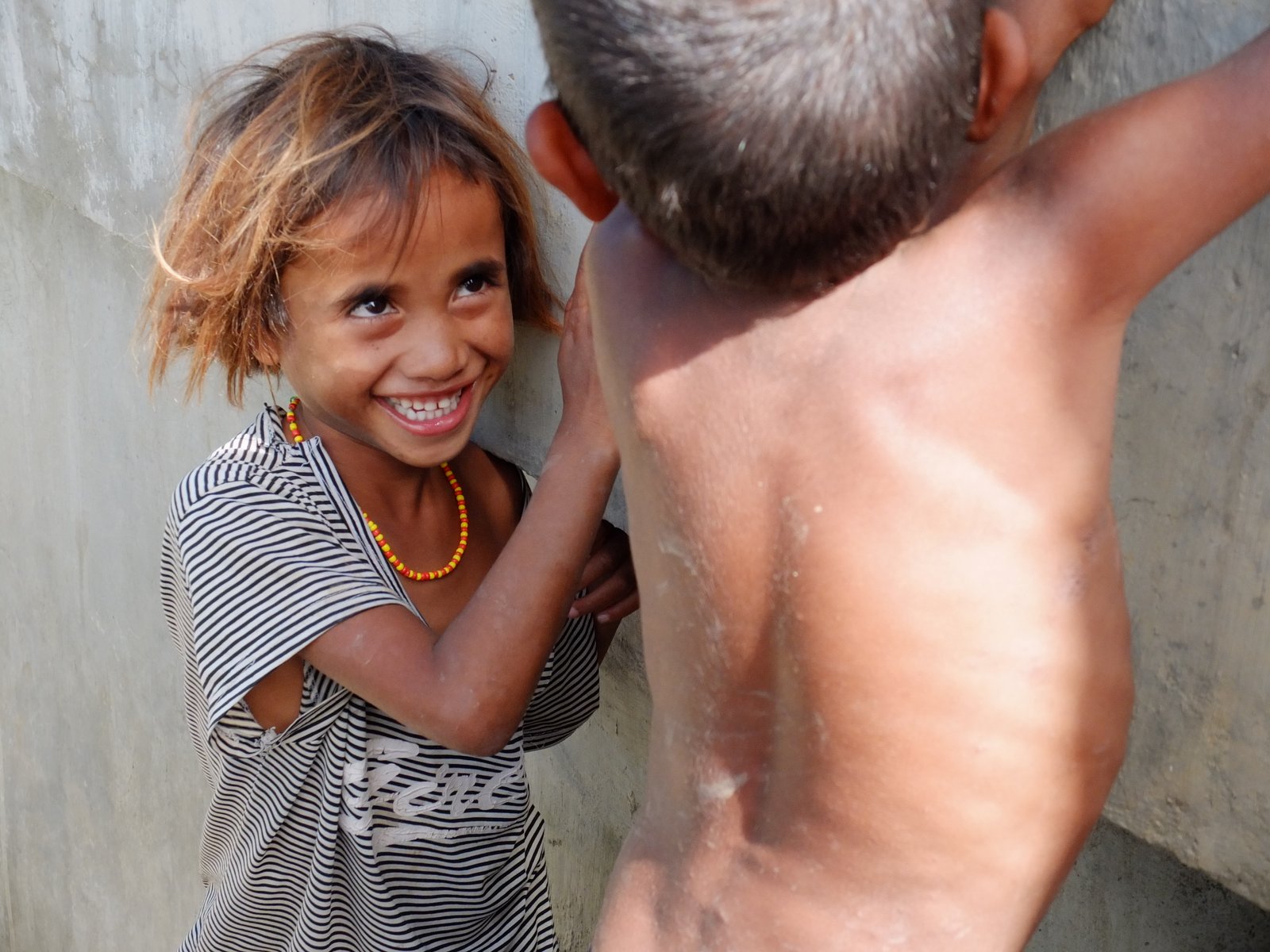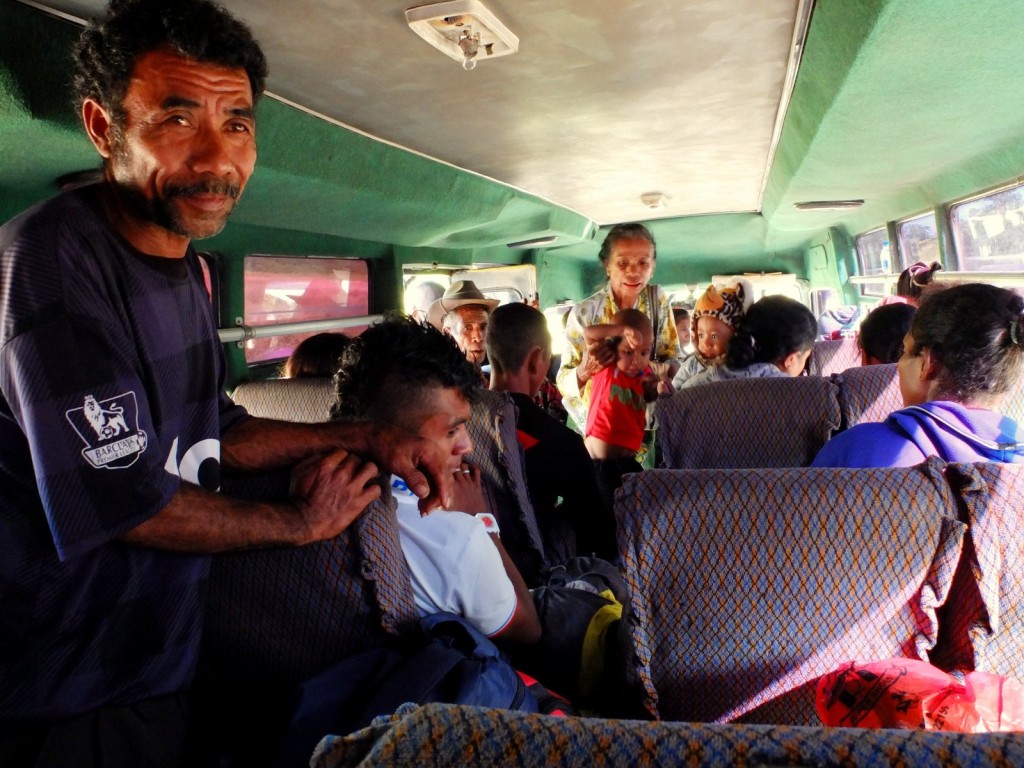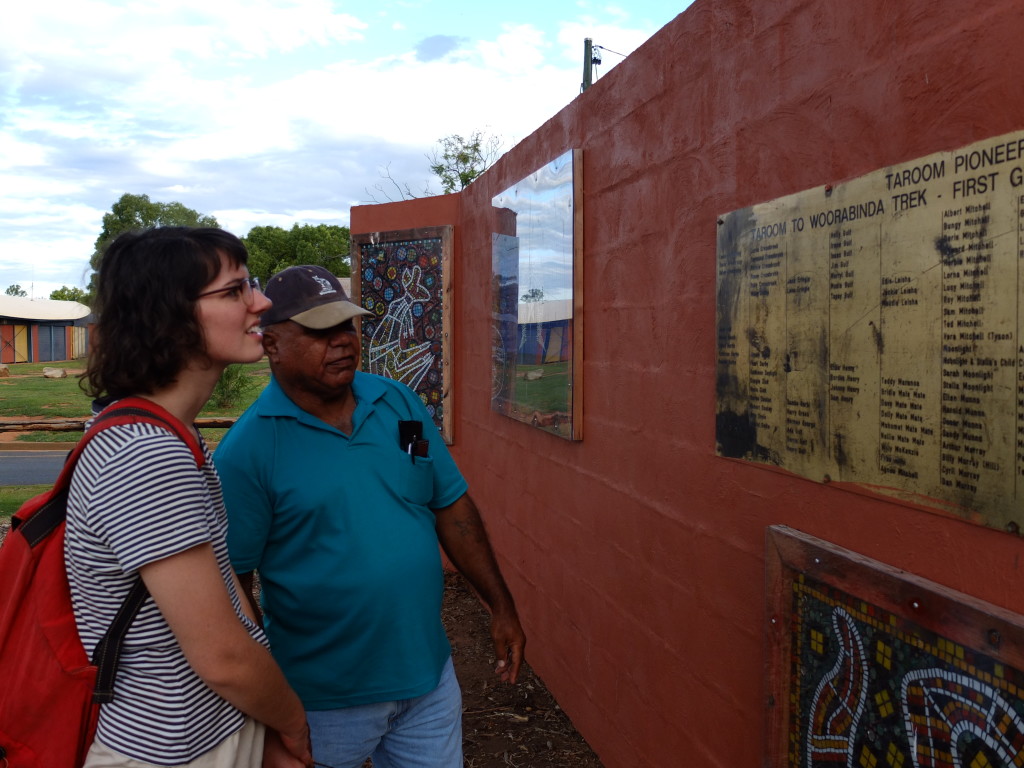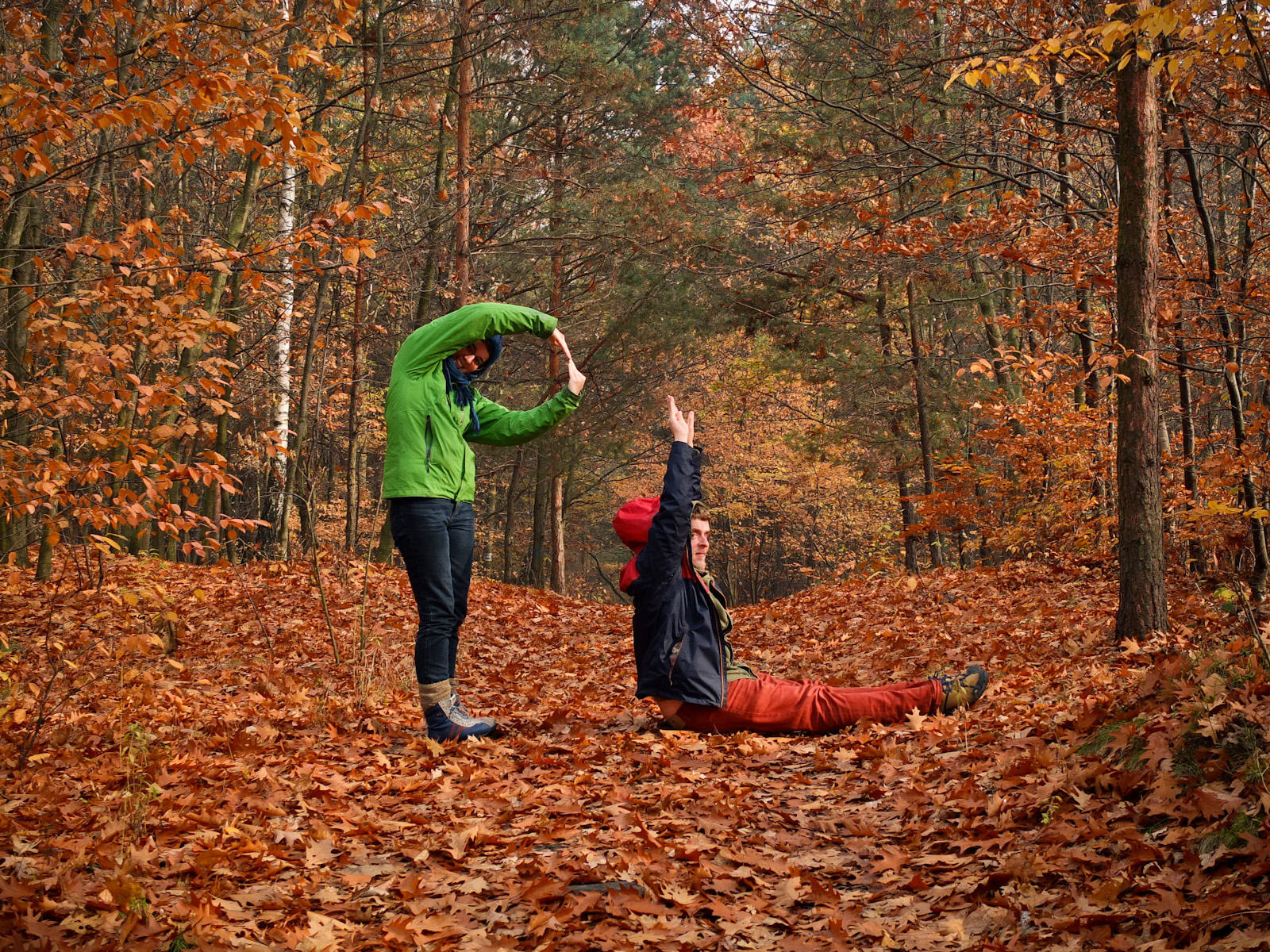
Tag: Indigenous communities
Summing up Indonesia – part 1
Keeping a blog while travelling is extremely hard. Even harder if your travel is as fast and full of experiences as ours was in Indonesia (we’ve spend the whole April and May there). We found ourselves still posting articles from Timor-Leste when we were already in Singapore.
While articles about particular happenings and organisations are in making (and some of them will be for months), we’ve decided to write a kind of ‘been there done that’ article for the sake of showing you what kind of stuff we’ve been engaging with (and rockin’ it!), as well as documenting dropthetension’s activities.
Hopefully this will show you where we are now with our project, how amazing it’s going and what a learning experience it is for us (to be utilized in the future!) Let’s begin!
Conscious projects in Timor-Leste
During our visit we met a bunch of passionate people with exciting ideas to help shape the future of Timor-Leste. While you’ll find plenty of foreign aid workers in this new country, surely the Timor of tomorrow is best shaped by those who know it best: Timorese people. Here is a brief look at just some of the cool projects we discovered:
– Arte Moris: walking in off the dusty streets of Dili into the Arte Moris gardens is like arriving in the Berlin underground art scene… In a tropical jungle?! Amazing sculptures made almost entirely of collected rubbish. Litter is everywhere in Timor-Leste, with waterways often looking more like rubbish tips. There is no waste system in place and at best it’ll be burned (which of course isn’t good at all!). So to find people using this rubbish as the raw material to make something beautiful is really exciting. The team of artists who live and work at Atre Moris (the vibe is totally ‘artists squat’), run workshops to encourage local youth in creative expression, interwoven with themes surrounding the environment. Inside we caught an exhibition of two local artists, giving insight into daily life in Dili. Other works combine traditional handicrafts into modern works.
On the road in Asia’s newest nation: Timor-Leste
The bus pulls out of Dili and starts it’s steep ascent. It’s loaded up with people, luggage and bags of rice. Inside and out. 4 people share the seat across from us: grandma, mother and 2 children, trying to avoid my gaze. However, young boys, who can’t be much older than 19, seem to be running the operation and their cigarette smoke, blasting music and testosterone dominate over the other passengers. The aging engine groans, in its upward struggle. Dili, the sea and further out Atauro Island, are visible below us for the first hour, as the climb reaches more than 1000m above sea level. My ears pop. The bus stops a couple of times and the adolescent males open the engine hatch, hit something with a spanner and it comes back to life.
Introducing Woorabinda
Woorabinda is an aboriginal community in Central Queensland that no one has heard of. Traditionally Woorabinda was part of the land of the Wadja Wadja people. Between 1927-1970 the Queensland Government forcefully removed 1473 Aboriginal people from their traditional lands across the huge state to the Woorabinda reserve, 170km south-west of Rockhampton where the summers are hot, the winters are icy and drought common. These people represented at least 47 different tribes, with different languages and customs.
The first 298 people of Woorabinda were made to walk 200kms from the Taroom reserve, further south. Many of the people walked in chains, though they were not criminals. The relocation occurred due to the proposed construction of the Taroom dam, that would flood the Taroom reserve. The dam remains unbuilt to this day.
“Woorabinda was never a mission” A local councilor told us. “What’s a mission? Either a community run by the church or a vision. Woorabinda was neither of these things.”

